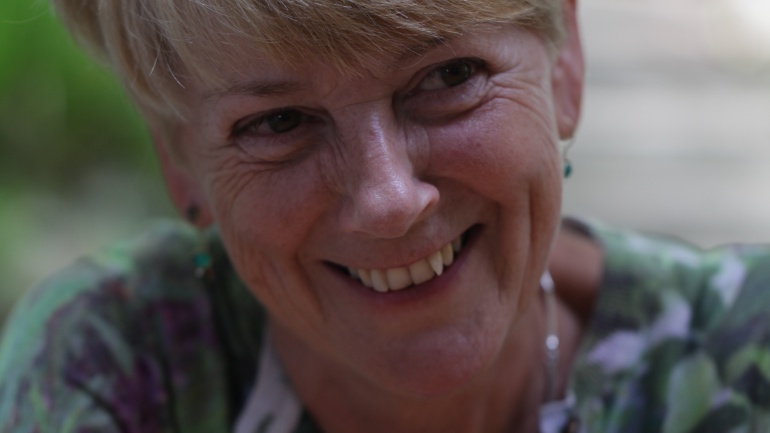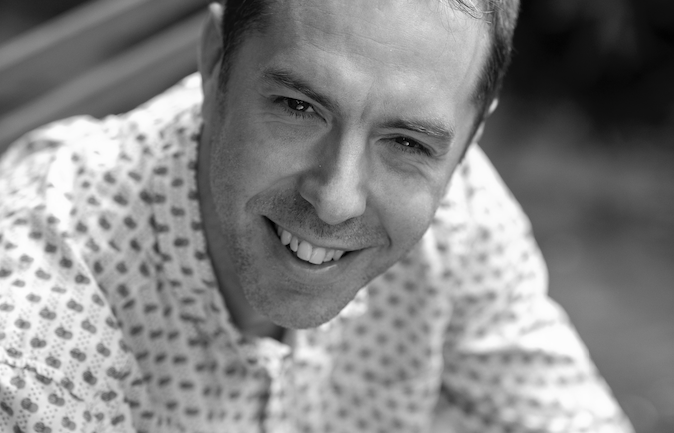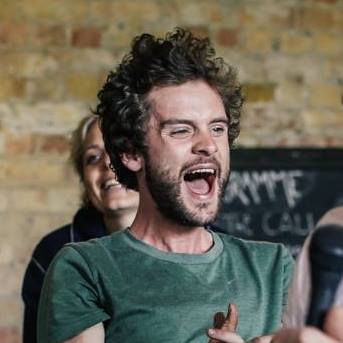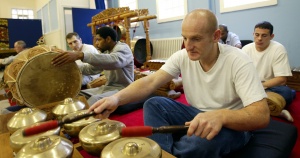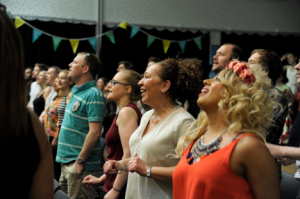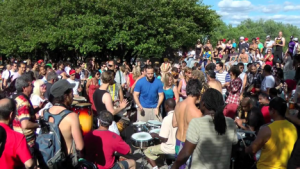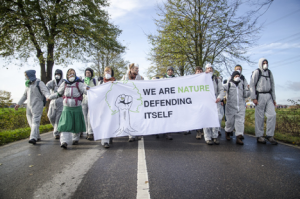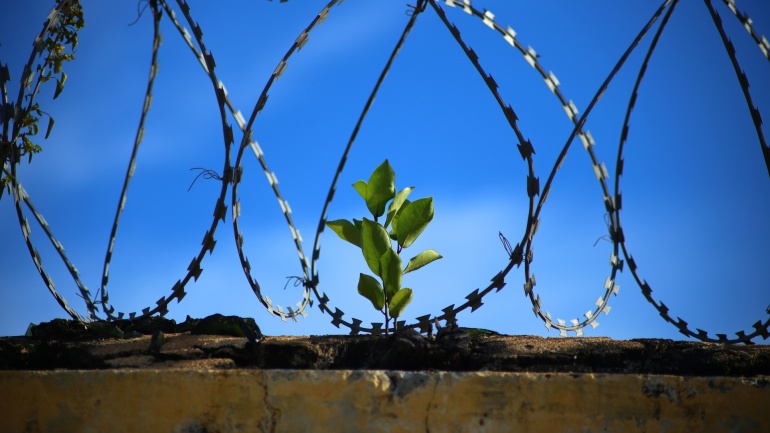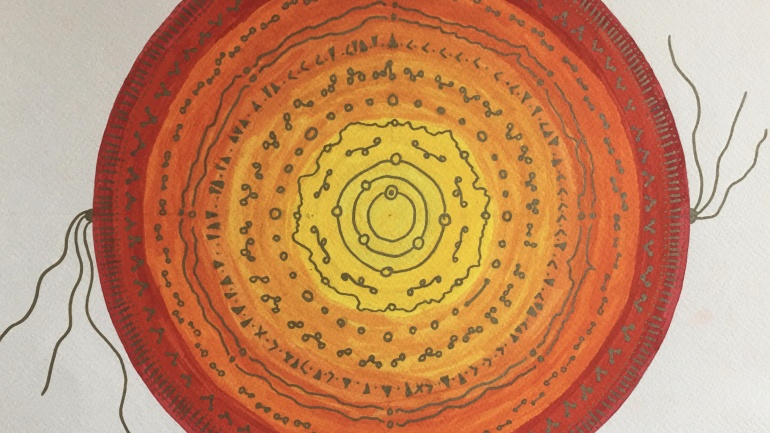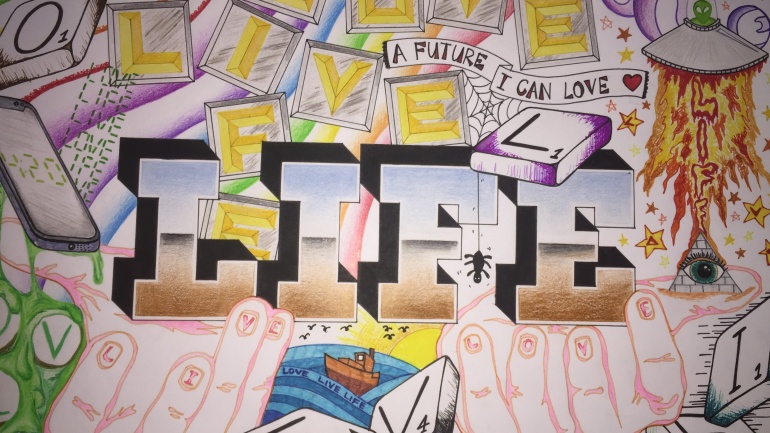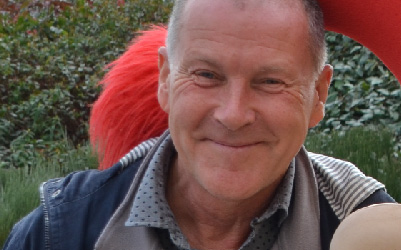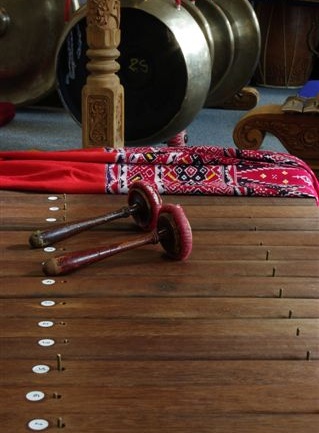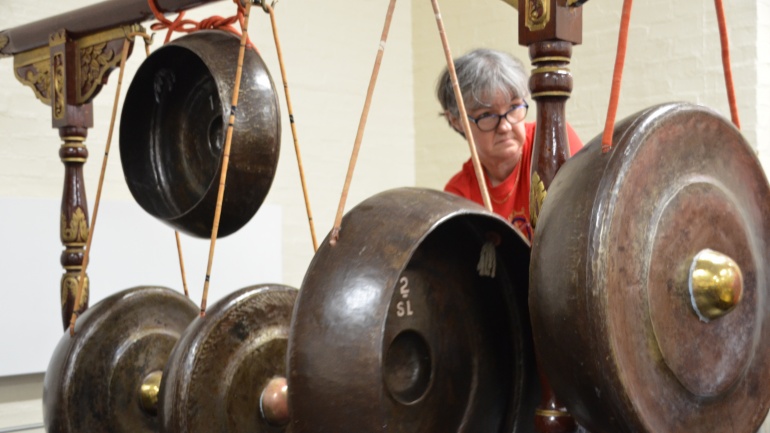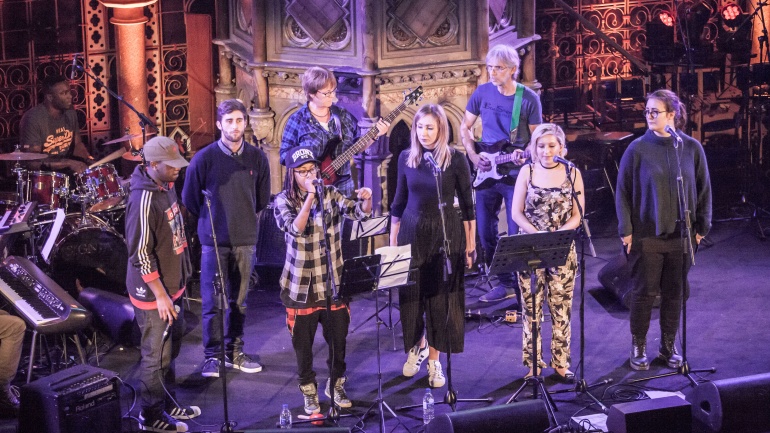No. 2 in our blog series exploring creative approaches to transforming the criminal justice system.
Author: Sara Lee, Artistic Director, Irene Taylor Trust
“The purpose of arts education is not to produce more artists, though that is a by-product. The real purpose of arts education is to create complete human beings capable of leading successful and productive lives in a free society.” Dana Gioia
I’m fortunate enough to spend my working life observing discovery, positivity and success. The majority of these events have happened away from the public eye so haven’t been lauded by thousands, but each and every one has had long lasting and sometimes life changing impacts on those who have experienced them.
Since 1984, I’ve been working as a musician in HM Prisons. The role has taken on various guises, formerly as music co-ordinator at HMP Wormwood Scrubs and latterly, as Artistic Director of the Irene Taylor Trust, an organisation which is committed to delivering imaginative and creative music projects with people in the criminal justice system and those outside who remain in touch with it.
What started as a 2 hour a week evening class in HMP Wormwood Scrubs quickly turned into a full-time job lasting 11 years. Working there had a profound impact on me as a musician and a human, as I witnessed the numerous personal and social benefits creating music offered the prisoners, as well as staff and the prison itself. Over 3 decades later, I still see the worth of having music in prisons, maybe more so now as society is fractured and there are huge divides between the haves and have nots. It really does make a positive difference.
In the 1980s and 90s, the governor and staff at the Scrubs realised the vital role the arts could play in supporting prisoners through their sentence. The men were engaged, enthused, and committed, which of course spilled over onto the wings. In the Scrubs, all the arts tutors were given the freedom to experiment, which meant the offer was rich, ever changing, exciting, and rewarding, all the things we know the arts to be. We were encouraged to take things as far as our imaginations and prison security would let us, and there was always a creative project to work on. We would regularly receive letters from prisoners who had moved on, saying it was the best time they’d had in their lives, never imagining they’d have those times in prison. The arts, and in this instance, music, was seen as vital for the wellbeing of the prisoners and the whole prison community.
Unsurprisingly, the education offer in prisons has changed considerably over the years. Little was written about it in the 1980s but at that time, offering a wide variety of educational, vocational and recreational opportunities to those in custody was a given. Crucially, the arts were embedded within these programmes, providing a vital complement to the more traditional subjects. I witnessed how access to the arts gave people the chance to break the cycle, creating additional opportunities for themselves and helping them live more productively. What I observe now is quite different.
The arts can have a positive impact on individuals and communities
Research shows that societies with higher levels of education and learning tend to be healthier, experience lower crime rates and greater equality amongst its citizens. This makes education in prisons absolutely key, bearing in mind that a high percentage of those who find themselves in custody have few qualifications, arriving there from often chaotic and unstructured lives. Education enhances prospects, and while no-one would dispute the fact that basic skills in English and maths are required for so much that happens in life, if the offer included the arts on a large scale, society would likely see more beneficial results. If education programmes offer more variety, people will have more opportunities when they leave prison. A broader and more holistic offer would create more all-round human beings. They would not only have the traditional qualifications with which to enter the world, but also the experience of engaging and experimenting with things they might be passionate about, where you come into contact with different people and learn new things which expand your mind.
I had the opportunity to see how other countries viewed music as part of education and rehabilitation when I visited the US and Norway on a Churchill Fellowship in 2015. The systems in both countries understood the social value of the arts; particularly the intrinsic benefits they can have, such as enjoyment, enrichment, the reduction of feelings of isolation, and how these benefits can have a positive impact on communities.
From day one of a prison sentence in Norway, prisoners are fully occupied with education and work in preparation for release, no matter how long their sentence. Education is seen as a gateway. In prisons it receives the same rate of pay as other work and is considered vital to develop healthy, well-functioning individuals. Good quality and varied learning is also seen as vital to future employment possibilities and music played a key role in the daily life of every prison I visited in Norway. There was a clear distinction between education and activity and music sat happily in both camps. A conversation with the Governor of Halden made it clear why this was:
“Some people want to learn about it, some people just want to enjoy it. Both of these things are good which is why both things happen.”
Staff confirmed the main goal was to provide formal education, but they were committed to using music as a tool to achieve that. They understood that to learn music was a goal in itself but outlined how it helped them create a beneficial atmosphere for other learning.
It was also acknowledged that whilst it is of vital importance, a job is only for 7 or so hours a day, and this is what encouraged them to offer opportunities to help fill people’s down time. They fully support music and arts as core subjects. They believe that it gives people positive activities after work and at weekends, times when people aren’t fully focussed and occupied, when poor decisions can be made. UK prisons should do this too. Participation in any kind of arts activity which can be continued in leisure time could be the thing which keeps individuals focussed, fulfilled, and moving forwards.
“It gives me a substitute for drugs, for something to focus on.” (ITT Sounding Out participant)
In the US, politicians, superintendents and operational staff, felt strongly that music had a vital role to play in helping prepare prisoners for work by developing transferrable skills. I was told; it’s often an easier ‘start point’ for prisoners and offers a way in to learning for people who may struggle with the more traditional methods; it’s enjoyable and people feel success through doing it; traditional subjects don’t teach teamwork and communication in the same way as music does; to an employer, it’s more valuable to see someone can work and communicate effectively in a group than be shown a piece of paper which says they can sit in a room and pass an exam.
Creating Music. Transforming Futures
My experience seeing the profound effect music had on the men I worked with in Scrubs gave the Irene Taylor Trust its mission, which is, quite simply, ‘Creating music. Transforming Futures’. Over 25 years, taking part in creative activity via our Music in Prisons projects and our Musician in Residence placements has given thousands of people a lifeline whilst inside, with our Sounding Out programme offering ongoing support to those who wish to continue working with us after their release. Our projects do not set out to create ‘the next big artist’, they set out to bring people together to be inquisitive, learn, experiment, share and enjoy.
“These people [Sounding Out staff] can help you to make more music and, in exchange, actually it stops you from re-offending as well because if your focus has changed now, that stops you from re-offending as well.” (ITT Sounding Out participant)
Whether having music and the arts available as core subjects in prison works or not, is dependent on what you measure success by. The current rates of recidivism and the lack of arts provision in many prisons could mean it’s worth giving it a go, as there’s nothing to lose. Music and the arts won’t have all the answers – no one thing has all the answers – but my experience over the years has shown that it plays an enormous part in people’s wellbeing, their creativity, their contentment and belief in their abilities. This in turn leads to more cohesion, less fragmentation, wider opportunities and, crucially, more rounded human beings who have a stake in society.
Over the past year, we’ve all learned how vital the arts are. We’ve looked to music, to film, to all forms of creativity to alleviate the pressure of living through a pandemic. Those in prison are no different. Unsurprisingly, it was the arts organisations who were contacted first, to see what they could offer to those who might be behind their door for 23 hours a day. Calling these offers ‘distraction packs’ completely missed the point, that it was the arts that was looked to first, as everyone knows the benefits they bring. The arts should never be an afterthought. Unfortunately, over the years, this wonderful opportunity and experience with so much to offer has, in many places, become more of an add on, if it exists at all. Yet since March 2020 the arts have given us all relief, as we’ve listened to music, painted pictures and watched films. They’re so often seen as a hobby, but for millions of us, both inside and out, whatever we turned to may well have been a lifeline.
Let’s take the leap which everyone knows will not fail
Maybe we should trial an Arts Prison, where each person is given access to a full range of arts opportunities on a regular basis, and anyone signing up would be paid at a rate equivalent to other prison industries, giving it the respect it deserves. What a fulfilling and beneficial place that would be to serve a sentence, and it would provide some fascinating research. If an Arts Prison is a step too far, then we should ensure that arts subjects sit alongside the other offers, recognising and celebrating it for the impact we all know it has.
The good news is there are several incredible arts organisations and facilitators out there, all of whom, over the years, have been trying to find a regular way into prisons to share their knowledge and experience with prisoners.
The less good news is that funding will need to be made available without questioning what the programmes may cost. Many of these artists have decades of training and experience behind them which should be acknowledged.
We’re not asking the impossible. Almost everything is in place for it to happen, bar a slight shift in accepting that not all funding needs to support programmes with direct work-related outcomes. Programmes don’t need to be accredited, but of course they can be. There should be the option. The artists and organisations with the imagination, drive and a huge amount of experience are in place. Prisoners are there, ready and waiting. We need to take a leap which everyone knows will not fail, and make sure a range of music and the arts is there and available, and that every prisoner has access to it.
Twitter & Facebook @MusicinPrisons
Instagram @irenetaylortrustmusic
Youtube: https://youtube.com/irenetaylortrust
Website: https://irenetaylortrust.com/
_______
Good Vibrations has worked in prisons and young offender institutions since 2003. We see the destructive effects on people of living within our overstretched, under-resourced criminal justice system. We want to understand how people can be better supported before, during and after their contact with the criminal justice system. We have commissioned a series of blogs from a range of experts, including those with lived experience and their families. Every Thursday for the next four months, we will bring a different voice with their own unique perspective and ideas. At the end of the series we will publish a report drawing together the themes and recommendations.
